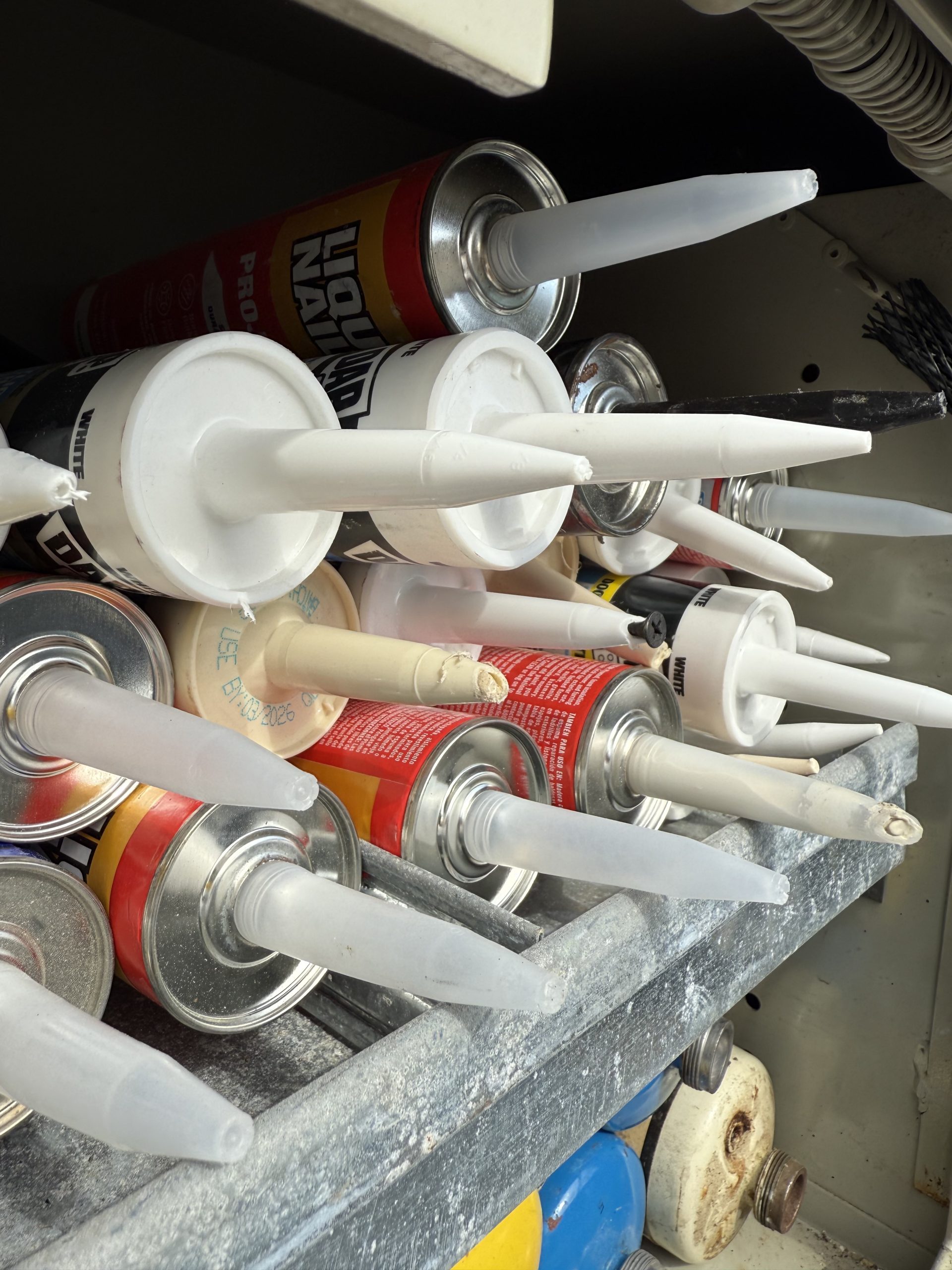
Caulk is a versatile and essential material used in homes to seal gaps, joints, and seams around windows, doors, bathtubs, sinks, and other areas where moisture can penetrate and cause damage. Over time, caulk can deteriorate due to exposure to sunlight, temperature changes, moisture, and general wear and tear, leading to gaps and cracks that compromise its effectiveness. Regularly inspecting and replacing caulk around your home is crucial for maintaining a watertight seal, preventing water damage, improving energy efficiency, and enhancing the overall appearance of your living space.
1. Signs it’s Time to Replace Caulk: – Cracks and Gaps: Visible cracks, gaps, or separation in the caulk indicate that it has lost its sealant properties and needs to be replaced.
– Mold and Mildew: Presence of mold or mildew around caulked areas suggests water penetration and inadequate sealing, necessitating caulk replacement.
– Peeling or Discoloration: Caulk that is peeling, discolored, or crumbling is no longer effective and should be removed and replaced.
– Drafts or Energy Loss: Drafts, air leaks, or increased energy bills may indicate that caulk has deteriorated and is no longer providing proper insulation.
2. Areas to Check and Replace Caulk: – Windows and Doors: Inspect the caulking around windows and doors for cracks, gaps, or peeling caulk that may allow air and moisture infiltration.
– Bathtubs and Showers: Check the caulk around bathtubs, showers, and sinks for signs of mold, mildew, or deterioration that can lead to water damage.
– Kitchen and Bathroom Countertops: Ensure that the caulk around kitchen and bathroom countertops is intact and sealed to prevent water seepage and mold growth.
– Exterior Walls and Foundation: Examine the caulk along exterior walls, siding, and foundation for any damage or gaps that may compromise the home’s weatherproofing.
3. How Often to Replace Caulk: – High-Moisture Areas: Caulk in high-moisture areas, such as bathrooms and kitchens, may need to be replaced every 1-2 years to prevent water damage and mold growth.
– Exterior Caulk: Exterior caulk exposed to harsh weather conditions may require replacement every 3-5 years to maintain a watertight seal and protect against moisture infiltration.
– Regular Inspections: Conduct regular inspections of caulked areas throughout your home and replace caulk as needed to ensure optimal performance and longevity.
4. Tips for Caulk Replacement: – Proper Preparation: Remove old caulk using a caulk remover tool or utility knife, clean the area thoroughly, and ensure it is dry before applying new caulk.
– Choose the Right Caulk: Select a high-quality caulk that is appropriate for the specific area and material you are sealing, such as silicone caulk for wet areas or acrylic caulk for general use.
– Apply Evenly: Use a caulk gun to apply a smooth, even bead of caulk along the joint or seam, and use a wet finger or caulk tool to smooth and shape the caulk for a professional finish.
By regularly inspecting and replacing caulk around your home, you can protect against water damage, improve energy efficiency, and maintain a clean and well-sealed living environment. Stay proactive in maintaining the caulked areas of your home to ensure long-lasting protection and peace of mind for you and your family.
Cedar Hill St. Louis Jefferson County Olivette Kirkwood Ballwin Arnold Franklin County St Charles County Fenton High Ridge Dittmer Creve Coeur
